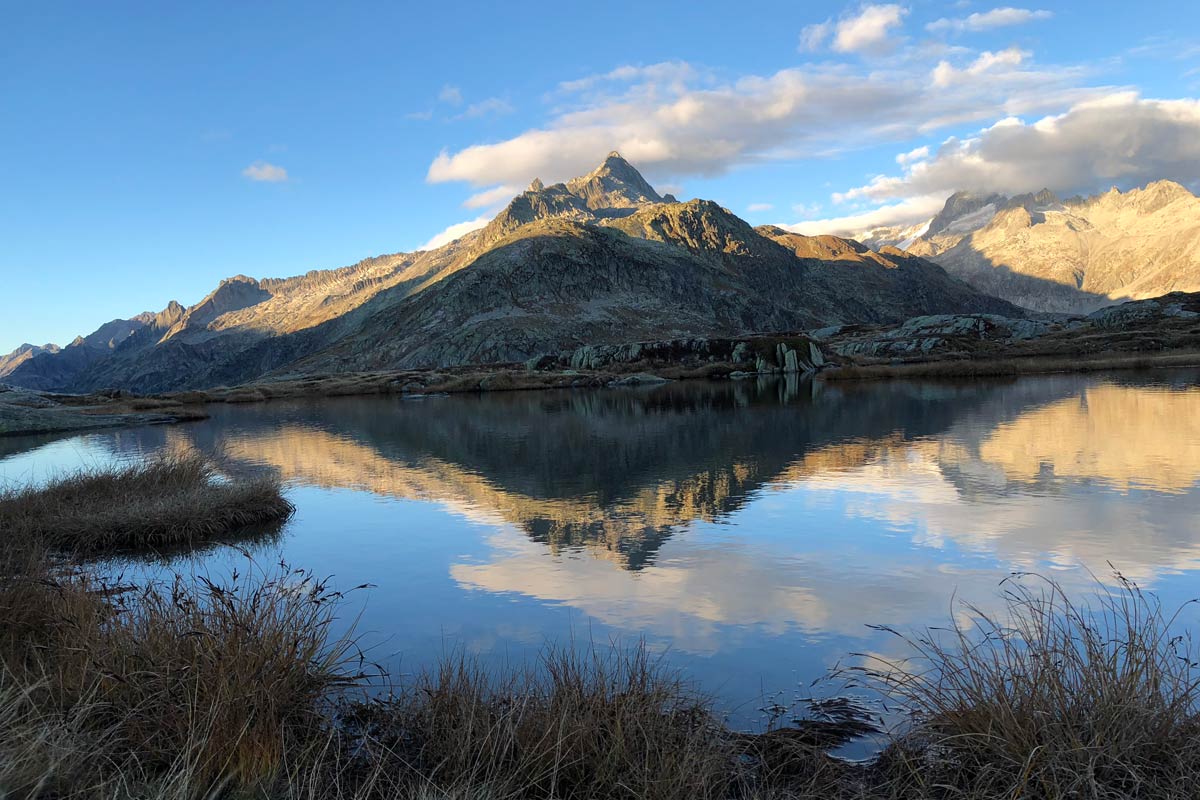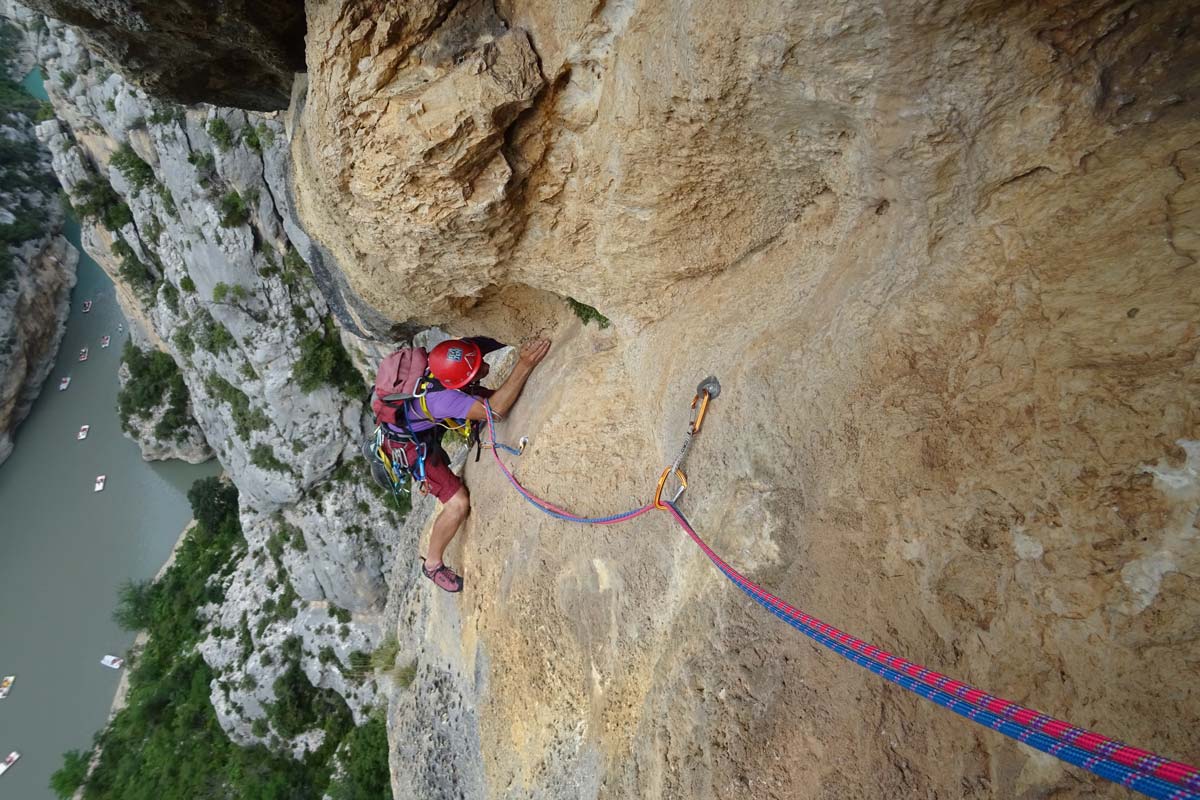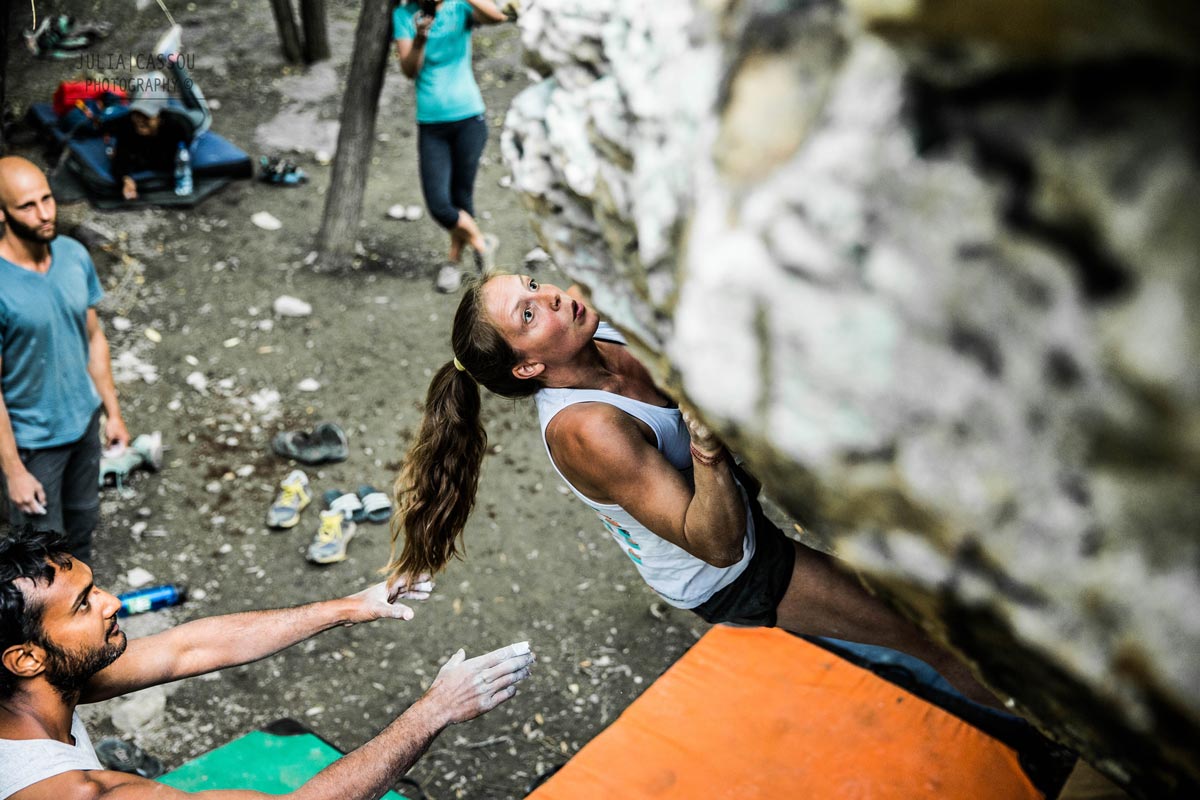The following guidelines concerning recommendations for mountain sports during Covid-19 are adapted from those originally produced by the German Alpine Club (DAV) on 5 May. The guidance falls closely in line with that of the Swiss Alpine Club (SAC), and indeed other UIAA member associations, released at a similar time. The UIAA has adapted some of the advice to provide general international guidelines.
The advice detailed in this article has been endorsed by the UIAA Medical and UIAA Mountaineering Commissions for countries, regions or states where these measures have been approved or consented by competent government or regional authorities.
PART 1 – BASIC RULES
- Reduce risk
For activities in the mountains, low mountain ranges and other nature sports areas, stay well below the personal performance limit. More than ever: Only practice mountain sports when healthy to avoid any potential strain on emergency services.
- Only in authorised small groups
Only carry out mountain sports in the number and composition of people allowed by the authorities. Always keep the required social distance during greetings and discussions. Avoid high-traffic areas and tours. Follow governmental advice regarding any border crossings.
- Keep a distance of at least 2m
Use a mask (mouth-nose protection) if, in exceptional cases, the minimum distance of 2m cannot be kept. Certain mountain sports activities (e.g. mountain biking) may also require larger distances. No long rests should be taken at the summit when others want to go up.
- Avoid the usual contact rituals
e.g. shaking hands, giving hugs, sharing drinks with others, etc.
- Bring a mask (mouth-nose protection) and disinfectant with you
In addition to general emergency equipment, a mask (mouth-nose protection) and disinfectant should be in your backpack at all times.
- Wear a mask (mouth-nose protection) in permitted carpooling
Only carry out carpooling in the number and composition of persons permitted by the authorities. Use a mask (mouth-nose protection) if, in exceptional cases, the minimum distance of 2m cannot be kept.
- In an emergency
As a first responder, proceed according to the generally applicable first aid guidelines and use a mask (mouth-nose protection). When close to somebody, limit conversation to help reduce potential spread of infection.
- Disinfecting equipment
Follow manufacturers guidance on equipment cleaning and quarantine. Only use your own equipment. Minimise sharing or borrowing equipment.
PART 2: SPORT-SPECIFIC RECOMMENDATIONS
Hiking / trekking / mountaineering / ski touring / snowshoeing
Implement the Basic Rules (Part 1).
Sport climbing & outdoor bouldering
Implement the Basic Rules (Part 1).
Favour well-secured routes.
Avoid climbing areas with a fall-prone base or increased risk of falling rocks.
Disinfect hands regularly.
Do not put a rope in your mouth when clipping.
Use your own equipment: quickdraws, belay device, rope. Store unused material in your backpack away from the base of the wall.
Partner check at a distance: Partners should ask each other to check knot, carabiner, belay device and harness and observe each other in the process.
When bouldering avoid highballs and dangerous landing zones.
Only spot people from the same household – or wearing a mask (mouth-nose protection) and ensure subsequent disinfection of hands.
C) Via Ferrata
Implement the Basic Rules (Part 1).
Avoid climbing if there are already several people on the Via Ferrata and traffic jams are foreseeable.
Be considerate when waiting at the start – keep your distance.
Choose the ascent pace so you are not too close to other people.
Only overtake where the distance rule can be adhered to and there is no need for securing (lanyards, ropes).
Leave the exit quickly after finishing the Via Ferrata.
Do not climb the Via Ferrata in the opposite direction.
Use Via Ferrata-specific gloves.
D) Multi-pitch plaisir climbing / alpine climbing / alpine touring
Implement the Basic Rules (Part 1).
Follow the guidance for single-pitch climbing, and additionally:
Avoid overcrowding and respect distancing at stance/belay.
Partner check at a distance: Partners should ask each other to check the knot, carabiner, belay device and harness and observe each other in the process.
Abseil descents: If the abseil line is the same as the climb, either walk down or consider other climbers, who may already be occupying stations.
Disinfect hands before and after a climbing tour.
E) Mountain Biking
Implement the Basic Rules (Part 1).
Higher speeds require greater distances when riding behind each other: 5m uphill, 20m downhill and on the flat.
If overtaking, then do so quickly, with little risk and only if the minimum lateral distance of 2m can be maintained.
F) Alpine Skiing
Implement the Basic Rules (Part 1).
Follow the regulations of lift operators in transportation systems – avoid fully occupied modes of transport.
When pausing on slopes, e.g. breaks, please maintain distance rules.
If overtaking, then do so quickly, with little risk and only if the minimum lateral distance of 2m can be maintained.
G) Huts
Follow guidance on hut openings and rules made by competent authorities in your country or region. Especially those regarding meals or overnight stays.
Please note these guidelines will be subject change.



